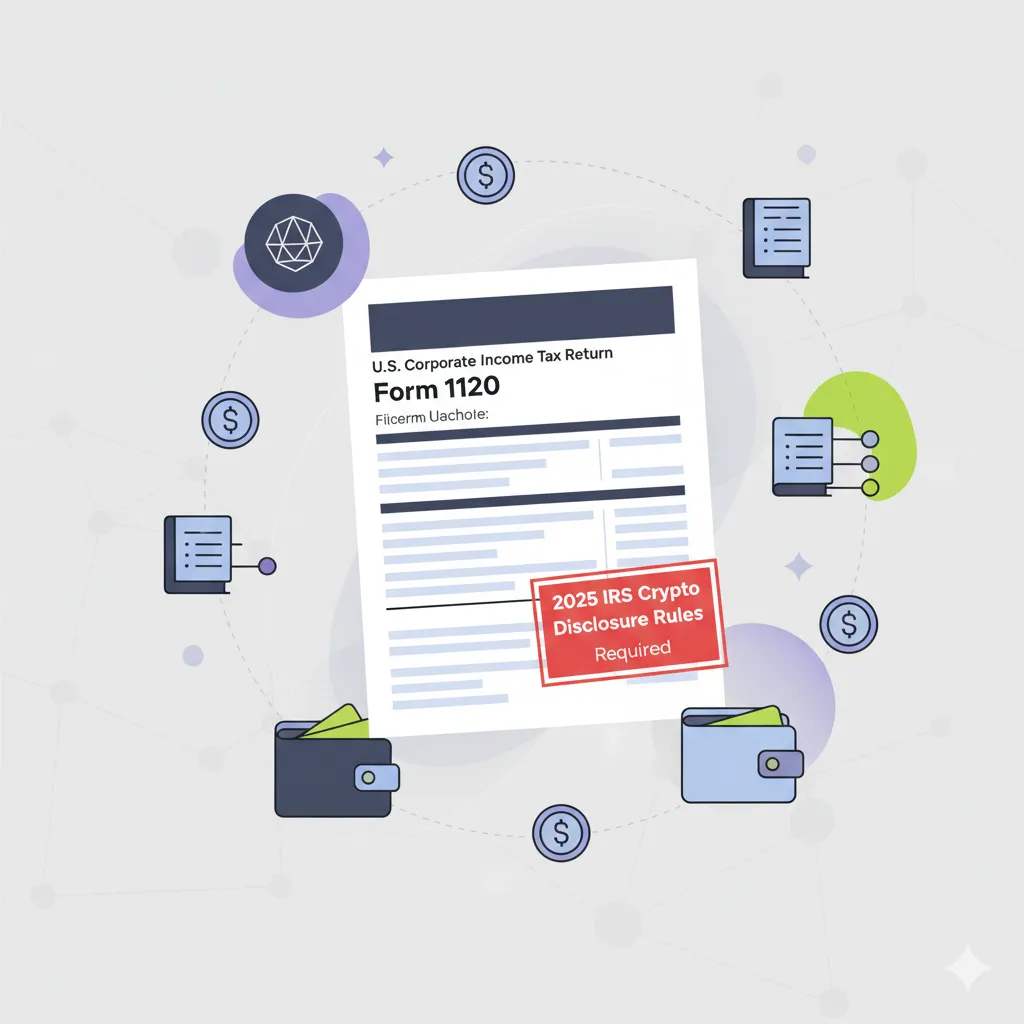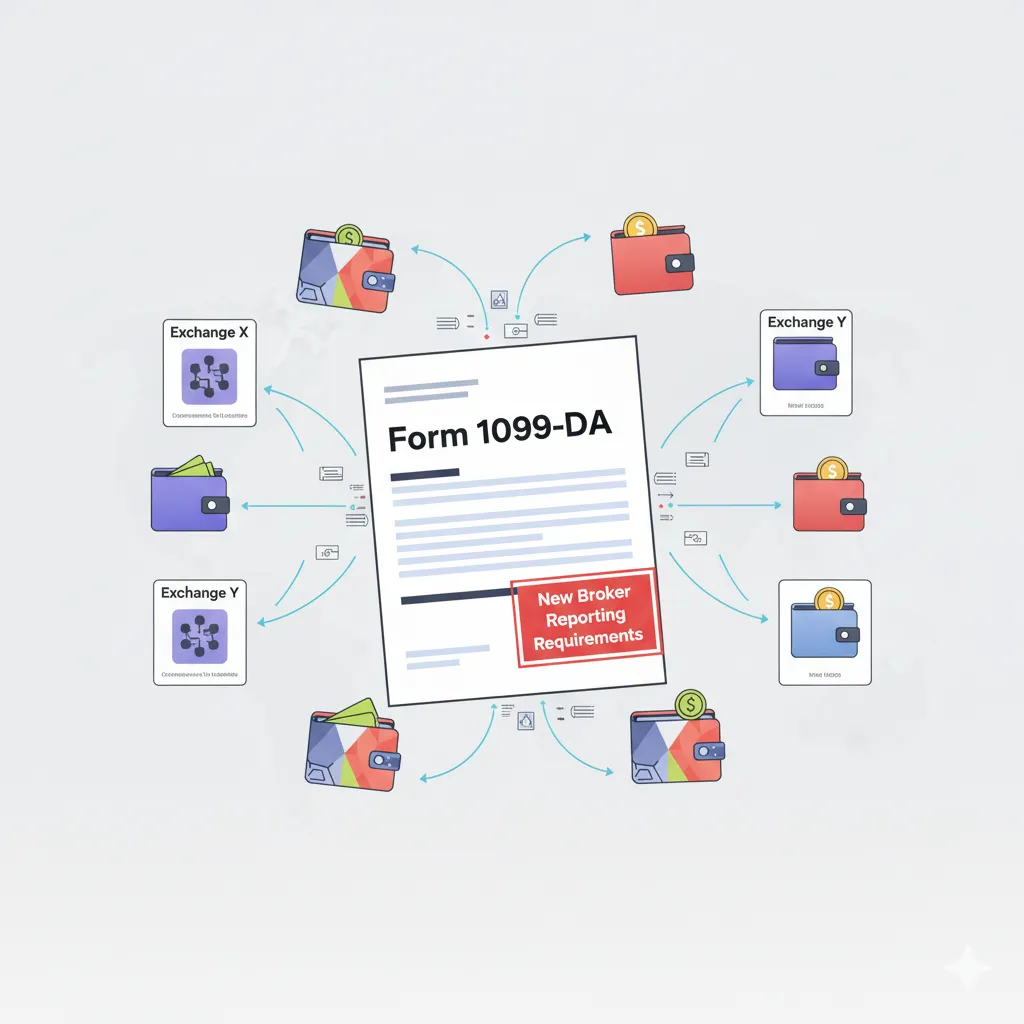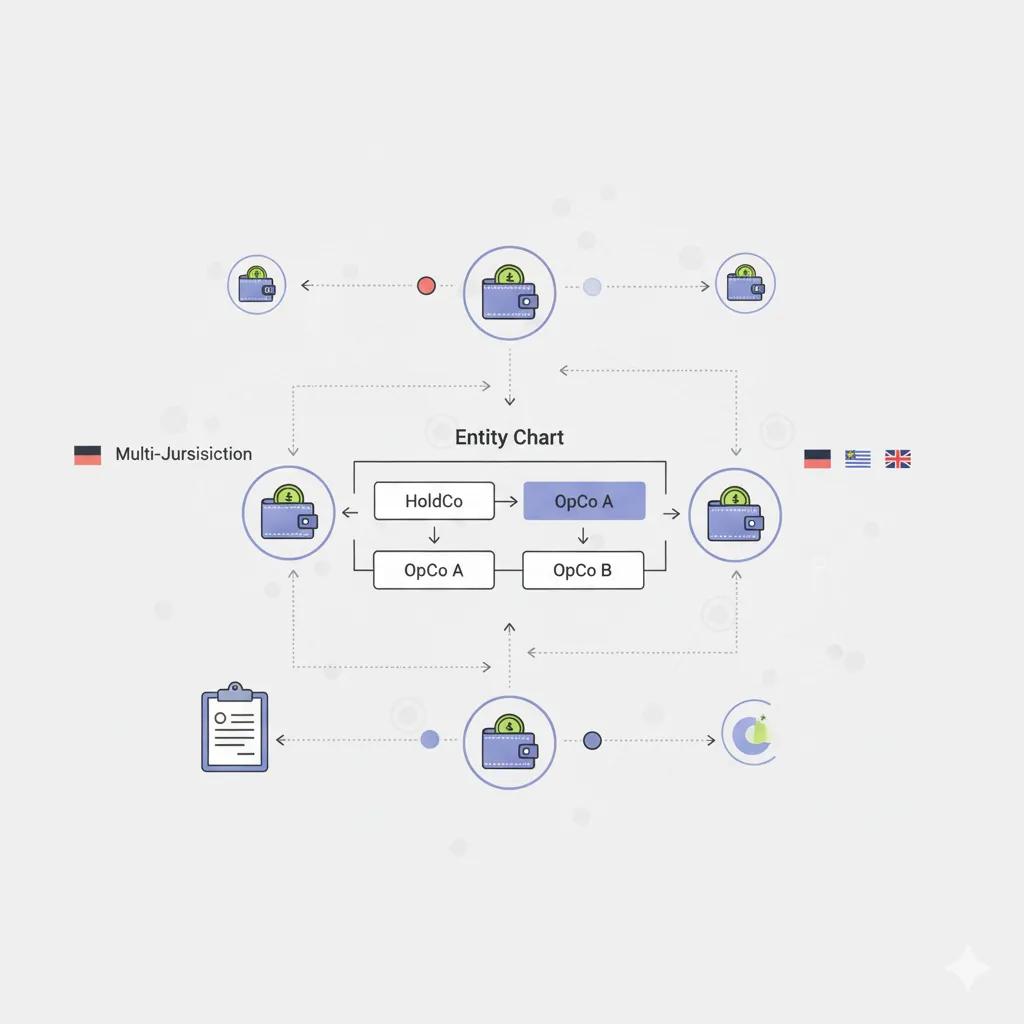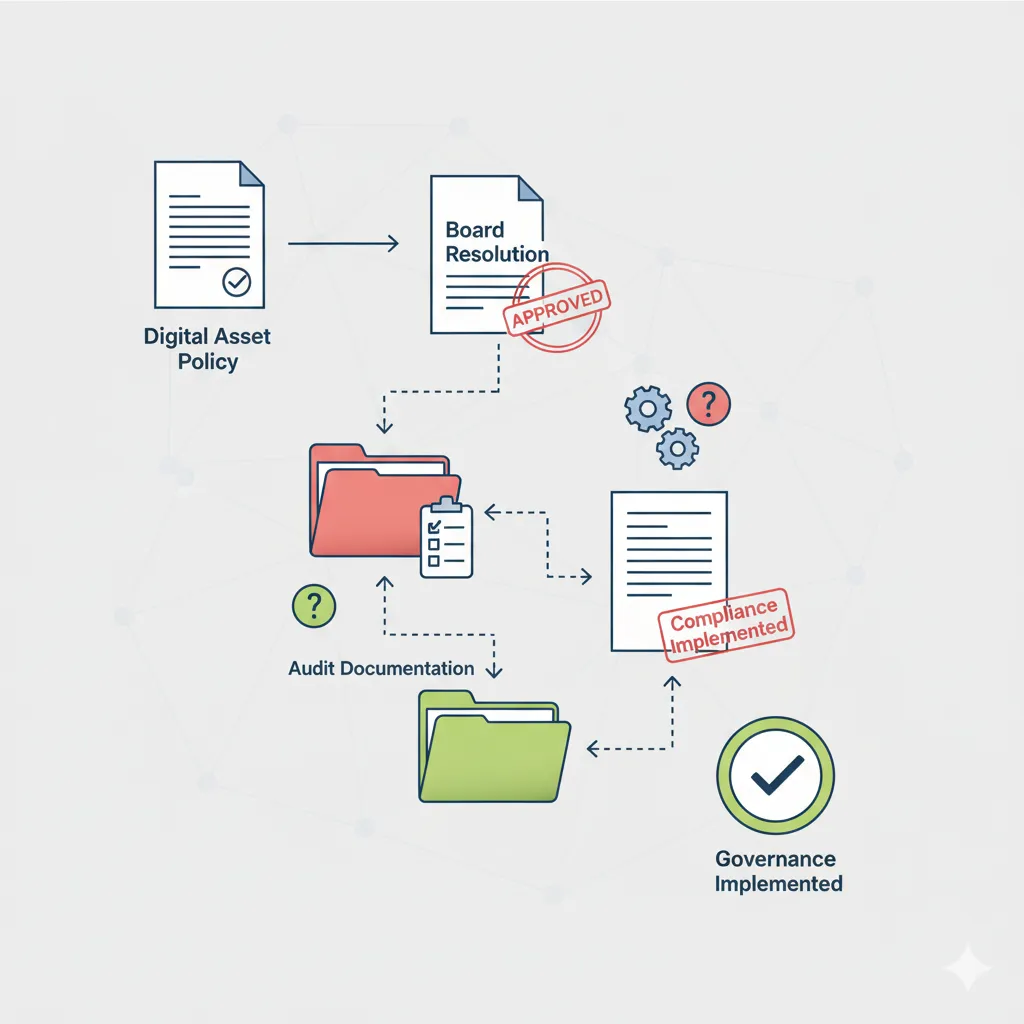Systematic Compliance Monitoring and Management
Phase 4 represents the transition from implementation to ongoing relationship management, where your value is demonstrated through consistent, proactive compliance support that prevents problems before they occur. This phase requires systematic approaches to monitoring regulatory changes, assessing client compliance status, and coordinating with other professional service providers to ensure comprehensive coverage.
The new crypto regulations create ongoing obligations that require continuous attention rather than annual compliance events. Your ongoing compliance management must balance the need for regular monitoring with efficient service delivery that provides value without creating unnecessary burden for the client.
Successful ongoing compliance management positions you as an essential part of the client's professional team while building sustainable recurring revenue through systematic service delivery that scales efficiently across multiple clients.
Monthly Compliance Review Process
Comprehensive Monthly Checklist (Due 15th of Following Month)
Your monthly review process should identify compliance issues early while they're still manageable and inexpensive to address:
Monthly Compliance Review Checklist
Transaction Analysis
- Review all crypto transactions from the previous month
- Verify business purpose documentation for all material transfers
- Confirm consistency in classification (business vs. investment)
- Identify any new wallets, exchanges, or service providers
- Validate fair market value determinations for significant transactions
- Check for transactions that may trigger reporting requirements
Entity and Operational Changes
- Record any newly formed, acquired, or dissolved entities
- Document changes in ownership structure or control
- Track new employees receiving token-based compensation
- Note any changes in business model or crypto-related activities
- Update records for new professional service provider relationships
- Monitor geographic expansion or establishment of new operational locations
Regulatory Monitoring
- Review new IRS guidance, rulings, or enforcement actions
- Monitor state-level tax changes affecting crypto operations
- Track international developments (CARF updates, treaty changes, etc.)
- Review industry enforcement actions and compliance precedents
- Evaluate professional service provider alerts and recommendations
Compliance Status Verification
- Confirm all technology systems are functioning accurately
- Test internal controls for effective operation
- Verify employee adherence to compliance policies and procedures
- Maintain coordination and communication with professional service providers
- Check readiness for upcoming filing and reporting deadlines
Issue Identification and Escalation
- Identify compliance gaps or deficiencies requiring remediation
- Flag potential audit triggers or emerging risk factors
- Assess business developments impacting tax or accounting classification
- Evaluate international developments affecting reporting obligations
- Detect technology or operational issues that may hinder compliance
Quarterly Strategic Review Framework
Comprehensive Quarterly Review Agenda
Quarterly reviews provide opportunity for strategic planning and comprehensive compliance assessment that goes beyond monthly operational monitoring:
Quarterly Strategic Review Agenda (90-minute meeting)
I. Compliance Status Comprehensive Review (20 minutes)
- Overall compliance posture assessment
- Identified issues and resolution status
- Regulatory changes affecting client operations
- Professional service provider performance evaluation
II. Business Development Impact Analysis (15 minutes)
- Changes in business model or crypto activities
- New revenue sources or operational activities
- Impact on tax classification and compliance obligations
- Entity structure optimization opportunities
III. Regulatory Environment Assessment (15 minutes)
- New regulations affecting client operations
- Enforcement trends and industry developments
- International regulatory coordination (CARF updates)
- Professional standards and best practices evolution
IV. Strategic Planning and Optimization (25 minutes)
- Tax planning opportunities and strategies
- Entity structure optimization analysis
- International expansion considerations
- Employee compensation planning and optimization
- Technology upgrades and system improvements
V. Action Planning and Coordination (15 minutes)
- Priority assignments with specific deadlines
- Professional service provider coordination requirements
- Next quarter planning and preparation
- Annual planning and compliance calendar review
Quarterly Strategic Assessment Template
Compliance Performance Review:
Regulatory Environment Changes:
Strategic Opportunities:
Next Quarter Priorities:
- [Priority 1 with details]
- [Priority 2 with details]
- [Priority 3 with details]
Professional Team Coordination: [Requirements]
Annual Comprehensive Compliance Review
Year-End Compliance Audit Process
The annual review provides comprehensive assessment and strategic planning for the upcoming year while ensuring complete compliance with all filing obligations:
Annual Comprehensive Compliance Audit (Due November 1)
Form 1120 Preparation Support
- Verify the digital asset question is answered accurately
- Reconcile all 1099-DA forms received with reported income
- Confirm wallet-by-wallet basis calculations for all dispositions
- Review and validate all fair market value determinations
- Document all crypto-related business deductions and expenses
- Coordinate with CPA on complex classification or valuation issues
International Compliance Verification
- Assess and complete FATCA Form 8938 requirements
- Verify FBAR (FinCEN Form 114) filing if applicable thresholds are met
- Review CARF reporting obligations and ensure compliance
- Update transfer pricing documentation for international operations
- Analyze treaty benefits and identify optimization opportunities
Corporate Governance Annual Review
- Review Board meeting minutes for crypto asset oversight documentation
- Update digital asset policies in line with regulatory changes
- Test and validate internal controls; provide recommendations for improvements
- Evaluate performance and renew engagements of professional service providers
- Verify employee training completion and compliance certification status
Strategic Planning for Upcoming Year
- Conduct entity structure optimization analysis and implementation planning
- Review tax classification consistency and define future strategy
- Identify multi-year tax planning opportunities and strategies
- Assess risks and develop mitigation plans for identified exposures
- Plan professional development initiatives and regulatory monitoring for the team

.svg)












